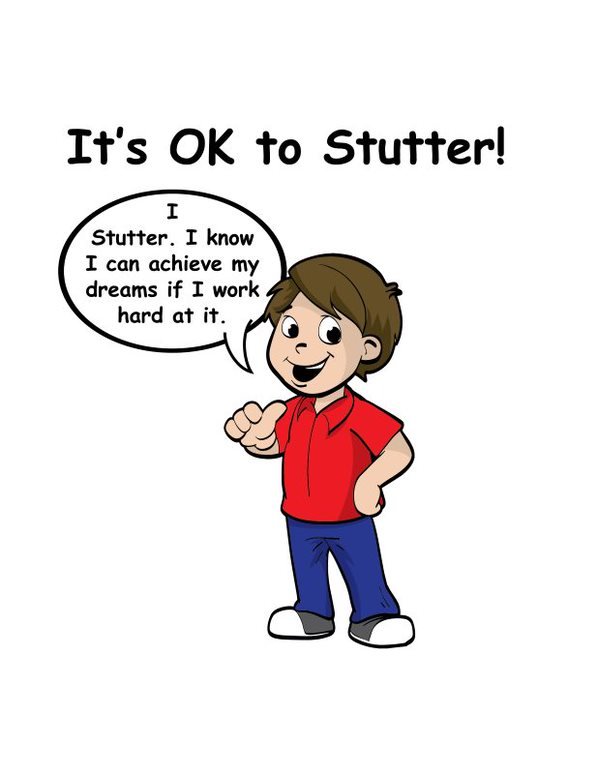About Stuttering
What is stuttering?
Stuttering is a speech disorder characterized by disruption in speech fluency. Stuttering is divided into three main groups:
1. Repetition of sounds (You look g-r-r-r-r-great)
2. Prolongation of sounds (I love to rrrrrrrread), and
3. Blockage (no sound)
In all, about three million Americans and seventy million people in the world stutter - approximately 1 percent of the general population. Studies have shown that 5 percent of children experience stuttering at some point in their life. Most children who stutter start between the ages of two and five because that is the period during which they develop speech and language skills.
According to the National Stuttering Association, males are more likely to stutter than females. Statistically, the male-to-female ratio in adults is about 4:1. In children, it is about 2:1. Unfortunately, no one knows the exact cause of stuttering; some people stop stuttering with or without any treatment, while others stutter throughout their lives. Even though there is no cure for stuttering, speech and language treatment programs are available.
Stuttering has a staggering psychological impact on many areas of a child’s life. Because of its effects, there is a need to create stuttering awareness in schools, churches, and social groups. Studies suggest that children who stutter are stigmatized and bullied by peers in school. Such bullying causes embarrassment, lack of self-confidence, poor academic performance, and fear. To avoid being bullied, children who stutter often isolate themselves and avoid class participation.
Who can help children who stutter?
Parents/Guardians: Parents and guardians must play an active role in the therapeutic process of children who stutter. They must look for symptoms of stuttering in children and seek help from a speech and language pathologist as soon as possible. The symptoms may include repetition of words or phrases, hesitance to talk, prolongations, and blockage of sounds. In addition, they must create a strong and supportive home environment for children who stutter. Promoting an open discussion about stuttering at home is a great way to acknowledge the challenges that children who stutter go through and the emotional and psychological effects on them. Parents and guardians must also provide counseling and teach children who stutter ways to establish a positive attitude toward stuttering. Finally, they must encourage children who stutter and let them know that they are not alone.
Teachers: Teachers can show support to children who stutter by encouraging them to participate in class. They must demonstrate patience by allowing them the time to finish speaking. To increase their communication skills, teachers must encourage children who stutter to speak with confidence. They must be given enough time in class to read aloud, ask and answer questions, and complete presentations. Furthermore, teachers and school administrators must create a safe educational environment (bully-free) for children who stutter. To prevent bullying, teachers or school authorities must educate students by providing books and literature on stuttering. Ultimately, teachers must alert parents if they notice any difference in a child’s speech.
Public: The general public can also learn about stuttering and help raise awareness by reading books, brochures, and other informative materials on stuttering. More so, they can attend stuttering events such as seminars and conferences. With the help of training programs and self-education, they can support children who stutter and let them know they can still achieve their dreams if they work hard.

